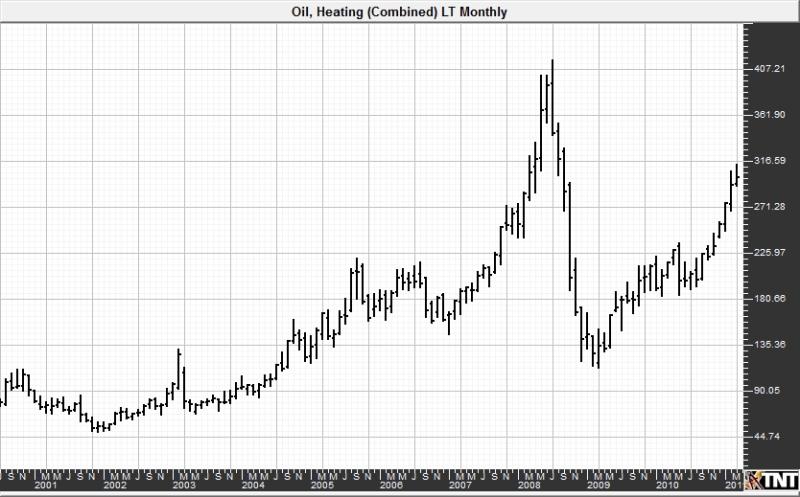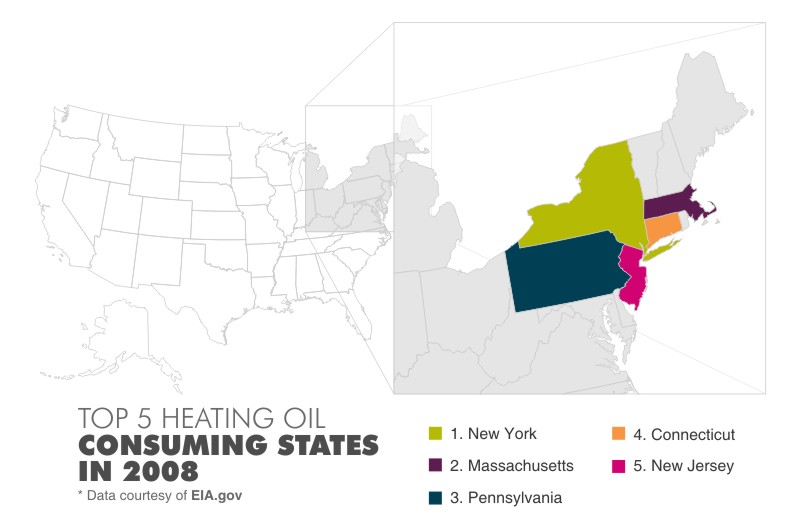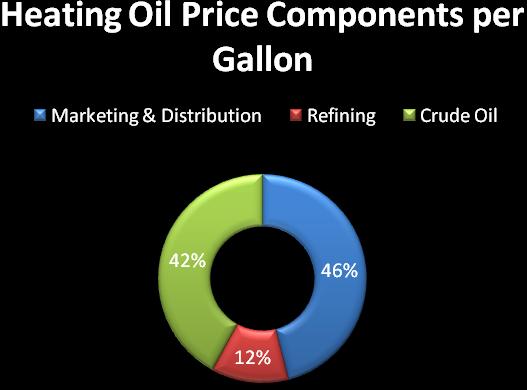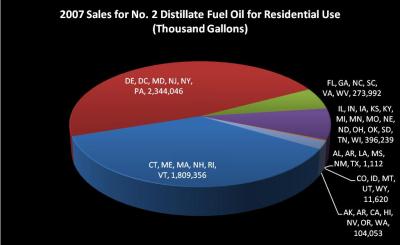traderkenny
Active member
- Messages
- 106
- Likes
- 4
The Learn About Futures Insider:
Heating Oil
Heating Oil
Primarily used as a fuel to heat residential homes, heating oil is derived from domestic refineries as well as imports from foreign countries. This flammable liquid petroleum product is often considered seasonal because of this use. The contract specifications in this report will refer to the No.2 fuel oil NYMEX futures contract.
Contract Size: 42,000 U.S. gallons
Price Quote & Tick Size: U.S. dollars and cents per gallon; minimum fluctuation is $0.0001 (0.01�) per gallon ($4.20 per contract).
Contract Months: 36 consecutive months.
Trading Specs: Open outcry trading is conducted from 9:00 AM until 2:30 PM ET. Electronic trading is conducted from 6:00 PM until 5:15 PM via the CME Globex� trading platform, Sunday through Friday. There is a 45-minute break each day between 5:15PM (current trade date) and 6:00 PM (next trade date).
Daily Price Limit: $0.25 per gallon ($10,500 per contract) for all months. If any contract is traded, bid, or offered at the limit for five minutes, trading is halted for five minutes. When trading resumes, the limit is expanded by $0.25 per gallon in either direction. If another halt were triggered, the market would continue to be expanded by $0.25 per gallon in either direction after each successive five-minute trading halt. There will be no maximum price fluctuation limits during any one trading session.
Trading Symbols: HO

Past performance is not indicative of future results.
***chart courtesy of Gecko Software
Heating Oil Facts
Heating oil is usually included in the distillate fuel oil family as designated by refineries. These distillates can include diesel fuel and heating oils which is why the heating oil futures contract may be considered for use in hedging for diesel fuel and jet fuel. Fuel oil - or No 2 fuel oil - is usually the second largest resultant "cut" from a barrel of crude oil after gasoline. Delivered by tanker truck to residential and commercial buildings, fuel oil can be stored in tanks until required for boiler or forced air furnaces.
The top five consuming states are shown in the following illustration:

Distillate products from domestic sources or imports from Canada or Venezuela may be shipped all over the United States via pipelines, tankers, and rail cars. Central distribution areas (like New York Harbor) or storage terminals may hold fuel oil until redistribution. In the United States, the typical season for heating oil use is from October through March. Refiners often produce heating oil throughout the summer and fall months and store it for winter use; however, they may also refine heating oil in the winter.
Like gasoline, the price of heating oil is determined by more than one factor. Costs to produce and distribute the product are just a couple of examples. Overall, the following chart illustrates the rough components:

*Data courtesy of EIA
Key terms for this market include:
Distillates - liquid products concentrated or extracted by distillation, a physical separation process based on different volatilities in boiling.
Fuel Oil #2 - refers to the specific liquid petroleum product that is used in residential and commercial situations for furnaces or boilers to generate heat - heating oil.
Key Uses
Heating oil is used primarily as a fuel to heat residential homes; mainly in New England and the Central Atlantic States. The following chart illustrates the residential use sales by thousand gallons, roughly divided by region.

*Data courtesy of EIA
Key Concerns
Crude Oil Prices - Since a large component of pricing heating oil is based on the price of the crude oil, fluctuations in one may incur changes in the other.
Seasonal Demand - Price volatility may change based on the perceived consumer needs for winter heating
Weather - Since a large percentage of the consumer base for residential heating oil is in the Central and North Atlantic states, any significant cold weather or lack thereof may contribute to price volatility. Also, hurricanes along the Gulf Coast can impact production at refineries located in that region or affect terminals receiving imports.
Refining - Any changes or disruptions to refinery production is worth noting including scheduled or unscheduled shutdowns.
Industry Reports - Like crude oil and gasoline, heating oil inventories can be of significance as any unexpected increases or decreases in supply may affect price. Volatility may also increase around the release of these reports, including the weekly API and EIA reports.
Environmental Concerns - Changes to or perceived issues regarding the emissions from residential oil burners may also be worth noting.
_______________________________________________________________________________________
Disclaimer: There is a substantial risk of loss in futures trading and it is not suitable for all investors. Losses can exceed your account size and/or margin requirements. Commodities trading can be extremely risky and is not for everyone. Some trading strategies have unlimited risk. Educate yourself on the risks and rewards of such investing prior to trading. Futures Press Inc., the publisher, and/or its affiliates, staff or anyone associated with Futures Press, Inc. or www.learnaboutfutures.com, do not guarantee profits or pre-determined loss points, and are not held monetarily responsible for the trading losses of others (subscribers or otherwise). Past results are by no means indicative of potential future returns. Fundamental factors, seasonal and weather trends, and current events may have already been factored into the markets. Options DO NOT necessarily move lock step with the underlying futures contract. Information provided is compiled by sources believed to be reliable. Futures Press, Inc., and/or its principals, assume no responsibility for any errors or omissions as the information may not be complete or events may have been cancelled or rescheduled. Any copy, reprint, broadcast or distribution of this report of any kind is prohibited without the expressed written consent of Futures Press, Inc.
